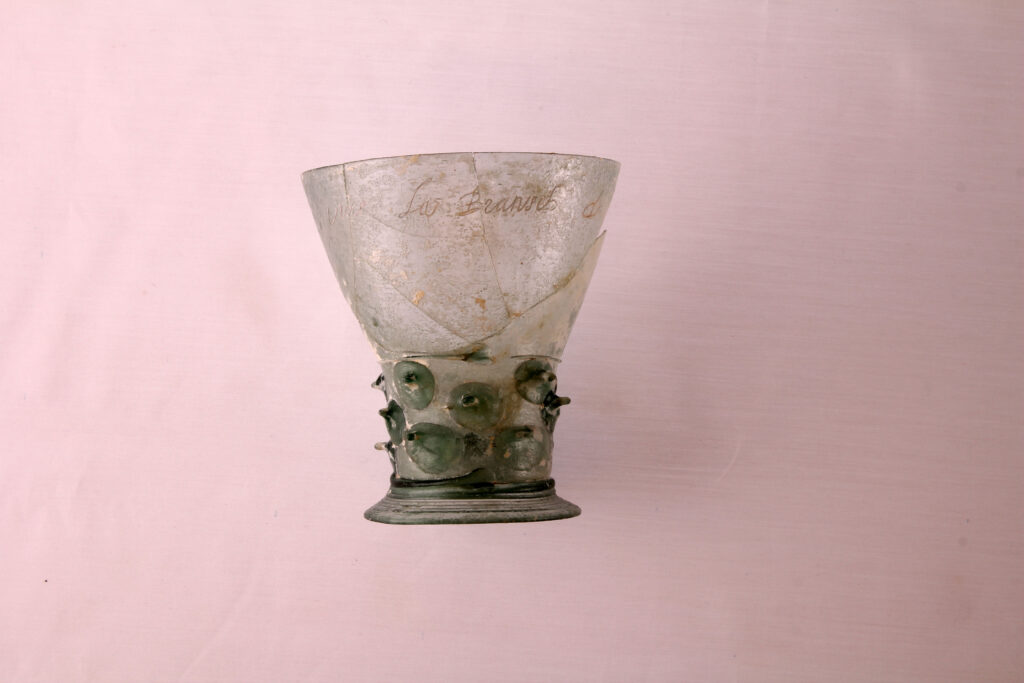Open due to restoration
Archaeological finds are important because of what they teach us about the past. They help us to better understand how people in the past lived, what they ate, and what they did. Finds are, literally, tangible evidence of our past.
Finding these objects is important, but so is preserving them. Objects of pottery, metal, glass, bone, wood or leather coming out of the soil are often damaged or incomplete. Their restoration and conservation are therefore crucial. Without treatment, important historical artefacts will be lost.
Restoration often involves highly specialized skills and lots of patience. Every material needs a specific treatment. For example, corrosion needs to be removed from metal objects, soft prehistoric shards have to harden before they can be glued together, and waterlogged wood is sometimes freeze-dried.
After professional treatment archaeological finds are ready for storage, research, exhibitions, and educational purposes.
Archeologie Den Haag stores its archaeological finds at the depot in the basement of the Town Hall and in part also at the De Tempel building. The depot houses an impressive 6,000 boxes of finds.
After over thirty years, Archeologie Den Haag and its conservator Johan van der Helm will be parting ways. It was Johan who founded and expanded Archeologie Den Haag’ conservation department. All the objects you see here have passed through his hands. Thanks to Johan’s efforts, The Hague’s residents can enjoy their city’s top finds for many years to come.















